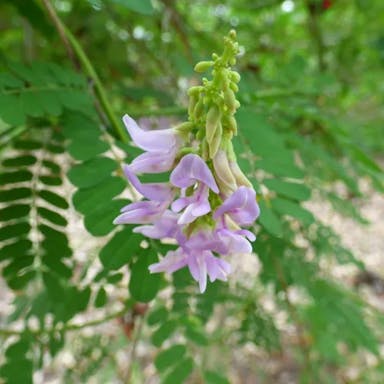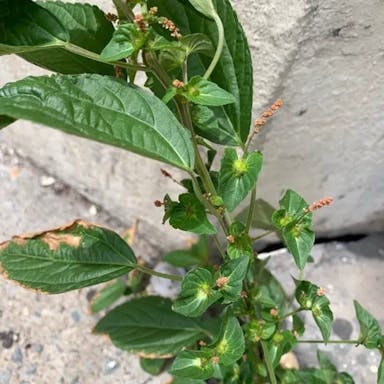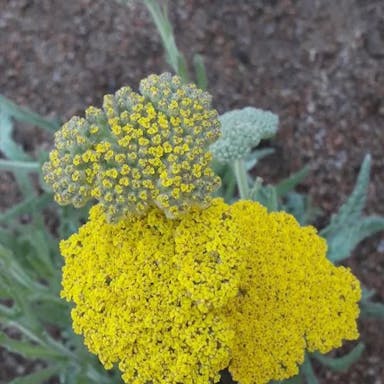Yellow passionflower, scientifically known as Passiflora lutea, is a plant species that belongs to the Passifloraceae family. It is indigenous to the southeast U.S., specifically found in states such as Florida, Georgia, and Alabama. This evergreen vine is known for its distinctive and attractive flowers. The blooms of Passiflora lutea are little, measuring about 2-3 cm across. They have five petals and sepals, which are typically yellowish in hue. The flowers likewise have an intricate arrangement of filaments and anthers, providing them an intricate and eye-catching form. The plant generates fruits that are diminutive and circular, typically greenish when unripe and shifting yellowish when ready. Passiflora lutea is moderately straightforward to cultivate and can prosper in an assortment of soil categories, counting sandy and loamy soils. It favors full sunlight to incomplete shade and necessitates consistent watering to uphold its growth. This plant is frequently utilized in landscaping owing to its appealing flowers and capability to draw butterflies and other pollinators. In provisions of symbolism, passionflowers are frequently linked with religious meaning, depicting the crucifixion of Jesus Christ. The intricate floral framework of Passiflora lutea has likewise made it a fashionable subject in botanical art and drawing. Overall, Passiflora lutea, or Yellow passionflower, is an aesthetically striking plant with its vibrant yellowish flowers and unique floral design. It is an indigenous variety of the southeastern U.S. and is moderately straightforward to raise, creating it a fashionable pick for both gardeners and nature aficionados.
0
0












